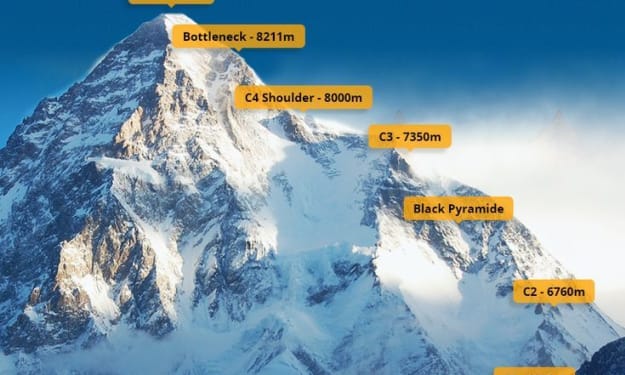The science of a Volcanic Eruption.
Volcanic eruption

Dionisio Pulido, a farmer from Mexico, claimed that in February 1942, thunder appeared in his cornfield. But the sound wasn't coming from the sky. The source was a big, smoking crack that was spewing gas and rocks. Over the following 9 years, the lava and ash from this fissure, which would later be known as the volcano Paricutin, would cover an area of more than 200 square kilometers. Any volcano's history begins with magma, so it's important to understand where this new volcano originated and what caused its unpredictable eruption. In places where ocean water can enter the Earth's mantle and lower the layer's melting point, this molten rock frequently forms. Due to the delicate balance of three geological factors, the resulting magma usually stays below the Earth's surface. Lithostatic pressure comes first. This is the magma below being pressed down by the weight of the Earth's crust. With the second factor, magmastatic pressure, magma pushes back.
The third element—the Earth's crust's rock strength—is put under stress by the conflict between these two forces. Usually, the rock's strength and weight are sufficient to hold the magma in place. However, the results can be explosive when this balance is upset. An increase in magmastatic pressure is one of the primary causes of eruptions. Magma is made up of a variety of substances, many of which are dissolved in the molten rock. Compounds like water or sulfur, when present in sufficient concentrations, cease to dissolve and instead form high-pressure gas bubbles. These bubbles can explode with the force of a gunshot when they reach the surface.
Additionally, the energy from the explosion of millions of bubbles at once can cause ash to rise into the stratosphere. However, before they burst, they behave like CO2 bubbles in a shaken soda. Their presence reduces the density of the magma and raises the buoyant force pushing through the crust. Numerous geologists think that this process was responsible for the Paricutin eruption in Mexico. These buoyant bubbles have two recognized natural causes. New magma from deeper underground can occasionally introduce more gaseous substances into the mix. However, as magma starts to cool, bubbles can also develop. Magma is a molten mixture of dissolved gases and melted minerals. Some of those minerals crystallize as the molten rock cools and becomes solid. Due to the lack of incorporation of many dissolved gasses, this process produces a higher concentration of the substances that give rise to explosive bubbles. Not all eruptions are brought on by an increase in magmastatic pressure; occasionally, the weight of the rock above can drop to dangerously low levels. Massive amounts of rock can be removed by landslides from atop a magma chamber, which lowers the lithostatic pressure and immediately causes an eruption. This procedure, called "unloading," has been implicated in a number of eruptions, including Mount St. Helens' abrupt explosion.
However, unloading can also take place over longer times due to glacier melting or erosion. In fact, a lot of geologists are concerned that the glacial melt brought on by climate change may increase the frequency of volcanic eruptions. Finally, eruptions can happen if the rock layer is too weak to keep the magma below at bay. Through a process known as hydrothermal alteration, acidic gases and heat released from magma can corrode rock, gradually turning hard stone into soft clay. Tectonic activity may also weaken the rock layer. The Earth's crust can become thin as continental plates move apart, and earthquakes can cause fissures that allow magma to escape and reach the surface. Regrettably, eruptions are difficult to predict even when we are aware of their causes. Although the strength and mass of the Earth's crust can be roughly calculated, it is very challenging to measure changes in magmastatic pressure due to the depth and heat of magma chambers.
To navigate this difficult terrain, however, volcanologists are constantly investigating new technologies. Scientists can now find underground hotspots thanks to advancements in thermal imaging. Magma gas evaporation can be examined by spectrometers. Furthermore, lasers can precisely monitor the effect of erupting magma on the form of a volcano. These instruments ought to aid us in comprehending these explosive eruptions from volatile vents.
About the Creator
Enjoyed the story? Support the Creator.
Subscribe for free to receive all their stories in your feed. You could also pledge your support or give them a one-off tip, letting them know you appreciate their work.






Comments
There are no comments for this story
Be the first to respond and start the conversation.